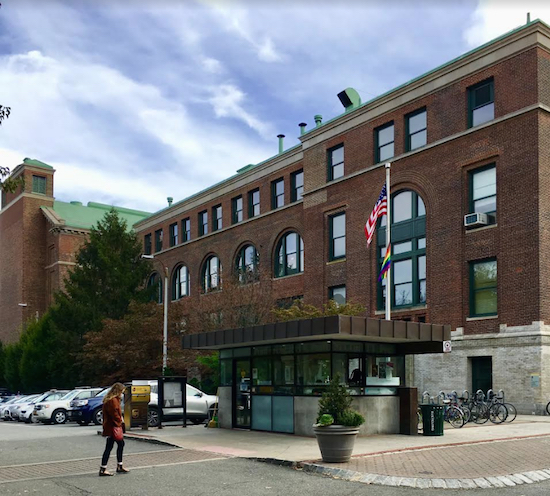Take a stroll to Queens from Downtown Brooklyn, part two
Eye on Real Estate: You'll see Pratt Institute sculptures and Bed-Stuy mansions

Welcome to Pratt Institute, whose main gate is on Willoughby Avenue in Clinton Hill. Eagle photos by Lore Croghan
It starts with a Shake Shack and ends with a cemetery.
How can you resist?
If you want to walk to Queens from Downtown Brooklyn, Willoughby’s a fine way to go.

Brooklyn Boro
View MoreNew York City’s most populous borough, Brooklyn, is home to nearly 2.6 million residents. If Brooklyn were an independent city it would be the fourth largest city in the United States. While Brooklyn has become the epitome of ‘cool and hip’ in recent years, for those that were born here, raised families here and improved communities over the years, Brooklyn has never been ‘uncool’.